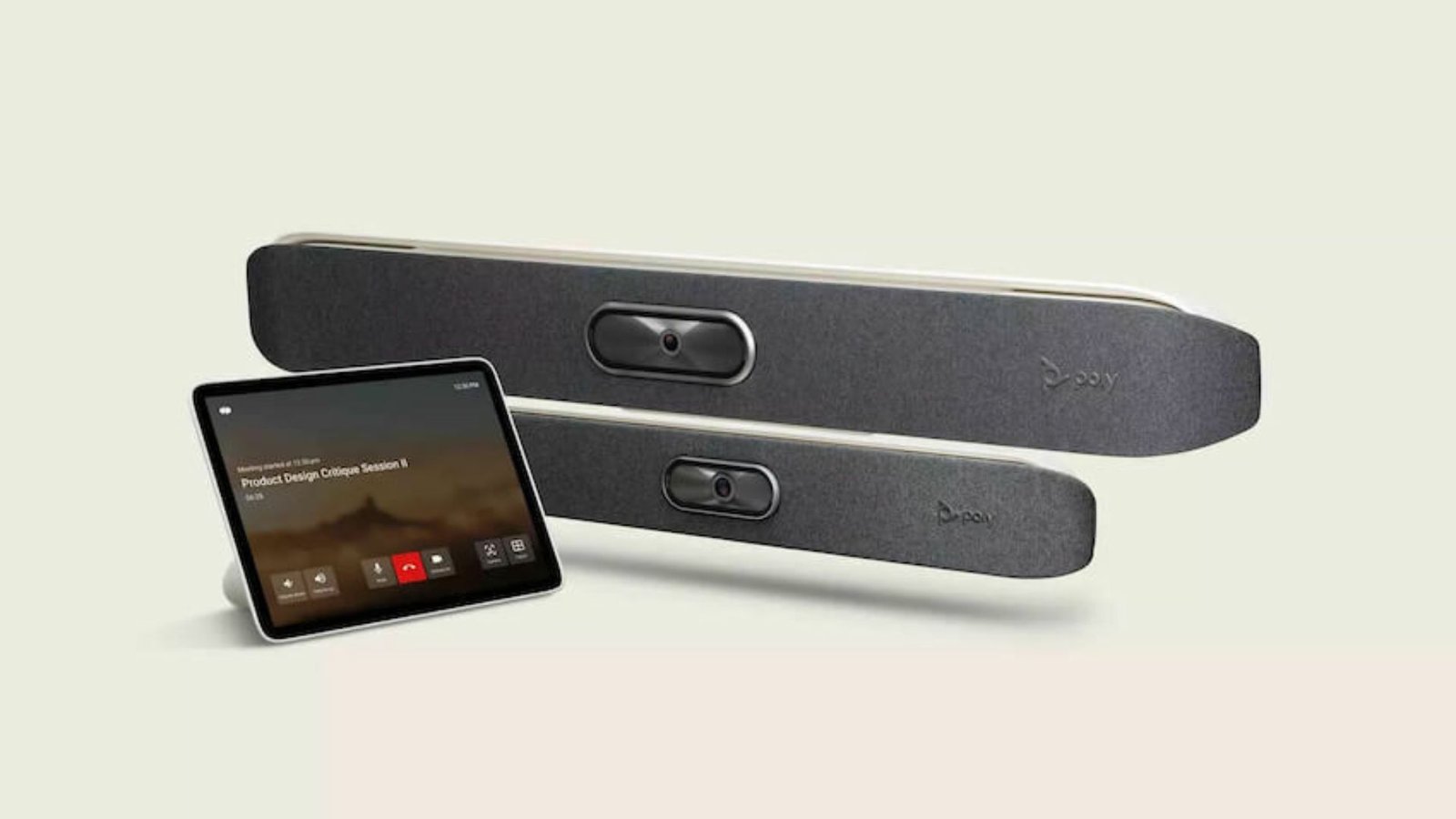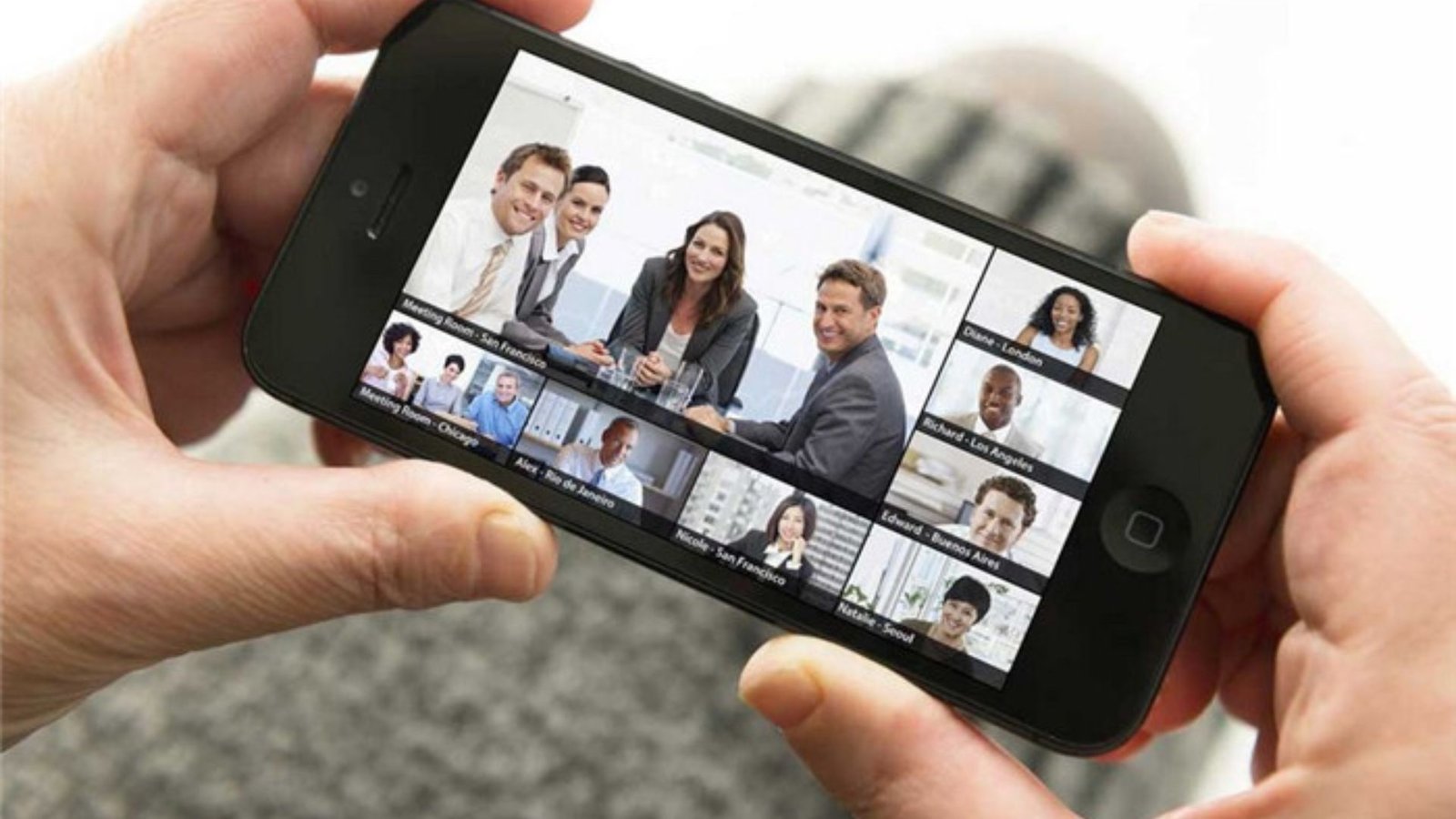Ways of Optimizing Video Conferencing for Mobile Devices
Optimizing video conferencing for mobile devices is crucial in today’s world, where many of us rely on our phones and tablets for professional and personal communication. Ensuring a smooth, high-quality video experience on these devices can enhance productivity and make meetings more effective. Here’s a guide to help you get the best out of video conferencing on mobile devices.
Choose the Right App for Mobile
The first step in optimizing video conferencing for mobile devices is selecting a reliable app. Make sure the video conferencing app you use is well-suited for mobile devices. Look for apps that offer features specifically designed for mobile use, such as automatic adjustment of video quality based on network speed and a user-friendly interface. Popular options like Zoom, Microsoft Teams, and Google Meet have mobile versions that are optimized for performance and usability.

Update Your App Regularly
To maintain optimal performance, keep your video conferencing app updated. Developers frequently release updates to improve functionality, fix bugs, and enhance security. Regular updates ensure that you benefit from the latest features and performance improvements, making your video conferencing experience smoother and more reliable on mobile devices.
Ensure a Strong Internet Connection
A strong and stable internet connection is vital for high-quality video conferencing on mobile devices. Use a reliable Wi-Fi network whenever possible, as mobile data connections may be less stable. If Wi-Fi is not available, ensure your mobile data connection is strong and has sufficient bandwidth to handle video calls without interruptions.
Optimize Your Mobile Device Settings
Adjust your mobile device settings to enhance video conferencing performance. Lower the screen brightness and close unnecessary background apps to free up resources. Additionally, make sure your device’s software is up to date to benefit from performance improvements and bug fixes.
Use a Quality Headset or Earphones
Audio quality is just as important as video quality in a video conference. Invest in a good quality headset or earphones to ensure clear audio and reduce background noise. Mobile device speakers and microphones might not offer the best audio experience, so a dedicated headset can significantly improve sound clarity for both you and your participants.
Position Your Device Properly
Proper device positioning can greatly affect the quality of your video call. Use a stand or holder to keep your mobile device steady and at eye level. This setup helps maintain a stable video feed and reduces the strain on your hand or arm during long meetings. Avoid holding the device in your hand, as it can lead to shaky video and discomfort.
Manage Battery Life
Video conferencing can quickly drain your mobile device’s battery. To prevent interruptions during your call, ensure your device is fully charged before the meeting. If possible, keep your device plugged into a charger during the call to maintain battery life. Additionally, consider carrying a portable charger to avoid running out of power during crucial meetings.
Test Your Setup Before Meetings
Before joining a video conference, test your setup to ensure everything works smoothly. Check your internet connection, audio, and video settings to avoid technical issues during the call. Many apps offer a preview option where you can check your video feed and audio quality before the actual meeting starts.
Adjust Video Quality Settings
Most video conferencing apps allow you to adjust the video quality settings. Lowering the video quality can help maintain a smooth experience if you have a slower internet connection. This adjustment can reduce the load on your device and network, ensuring that the call remains stable even with limited bandwidth.
Secure Your Connection
Ensure that your video conferencing app is secure by using strong, unique passwords and enabling two-factor authentication where possible. Secure your mobile device with a PIN or biometric authentication to protect your meetings from unauthorized access. These steps help maintain the privacy and security of your video calls.
Avoid Background Distractions
Create a distraction-free environment for your video calls. Choose a quiet, well-lit area for your meetings and use a plain background if possible. This setup minimizes distractions and ensures that you remain the focus of the conference, enhancing the overall professionalism of your meetings.
Conclusion
Optimizing video conferencing for mobile devices involves a combination of selecting the right app, ensuring a strong internet connection, and adjusting settings for optimal performance. By following these strategies, you can enhance the quality of your video calls and make the most out of your mobile conferencing experience. Regular updates, proper device management, and attention to detail will help you stay connected and productive on the go.



